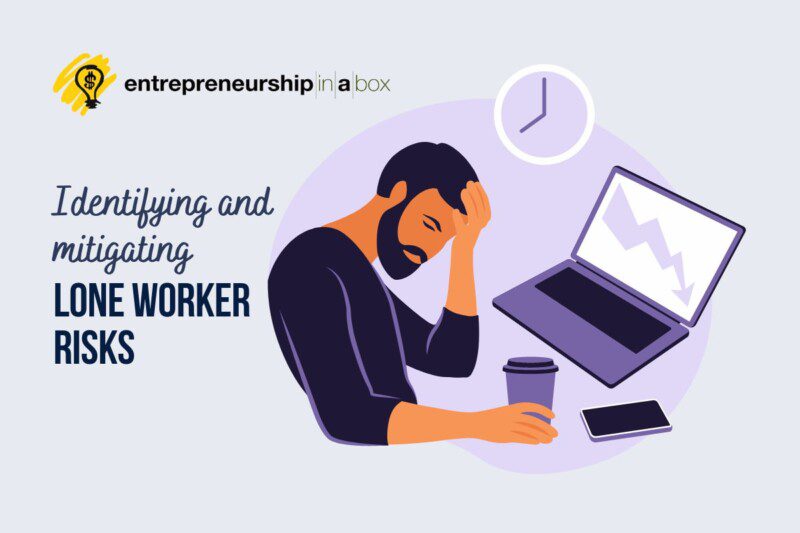Identifying and mitigating risks faced by lone workers is an essential responsibility for any employer. With remote and hybrid working models becoming increasingly common, the risks associated with lone working is something that more and more businesses will have to deal with.
In this article, we discuss the importance of identifying and mitigating risks for lone workers, the common risks associated with working alone, and the measures that employers can take to ensure the safety and well-being of their lone workers.
What risks might lone workers face?
First, it’s important to understand the common risks associated with working alone. These risks include accidents and injuries, such as slips, trips, and falls, as well as exposure to hazardous materials or equipment. Lone workers are often at a higher risk of being harassed or facing violent treatment, especially those working in remote, volatile environments.
Risk assessments
To identify risks faced by lone workers, employers should conduct risk assessments on a regular basis – it’s undoubtedly the most effective way to identify potential hazards in the workplace. The risk assessments should take into account the specific work-related tasks and responsibilities of the lone worker, as well as the location and conditions of their work. Once the hazards have been identified, employers should then develop a comprehensive plan to address them, including the implementation of measures to eliminate or at least reduce the risks if possible.
PPE
Providing personal protection equipment to lone workers is a crucial step businesses must take to reduce the risk of workplace hazards. PPE can include accessories like hard hats, safety goggles, and reflective apparel. Employers should also give lone workers emergency contact information, such as a local supervisor or security guard’s phone number.
Another important measure that employers can take is to provide their lone workers with training on how to stay safe while working alone. This training should cover topics such as emergency procedures, personal safety, and the proper use of PPE.
Technological solutions
Technology can be used by employers to reduce dangers for lone employees. For instance, they may give their lone employees mobile devices with lone worker alarms, such as smartphones and other specialist devices, so they can reach out for assistance in an emergency. Additionally, employers can follow the whereabouts of their lone employees using GPS, which can be absolutely crucial in an emergency.
Communication
It’s also important for employers to have a failsafe communication plan in place for lone workers. This might include regular check-ins through phone calls, messages, or even video calls, to ensure that they are safe and well. Employers should also establish an emergency response plan that includes procedures for contacting emergency services and assisting the lone worker.
Conclusion
In conclusion, identifying and mitigating risks for lone workers is an essential task for employers in the modern day and age. By understanding the common risks associated with working alone and taking the appropriate measures to ensure their safety and well-being, employers can help to reduce the risk of accidents and injuries.
Mitigation strategies include conducting risk assessments, providing PPE, and training, using the latest technology, and implementing emergency response plans for lone workers. The safety and well-being of their lone workers should be a top priority for employers, and regular check-ins and support should be considered critical to this end.





